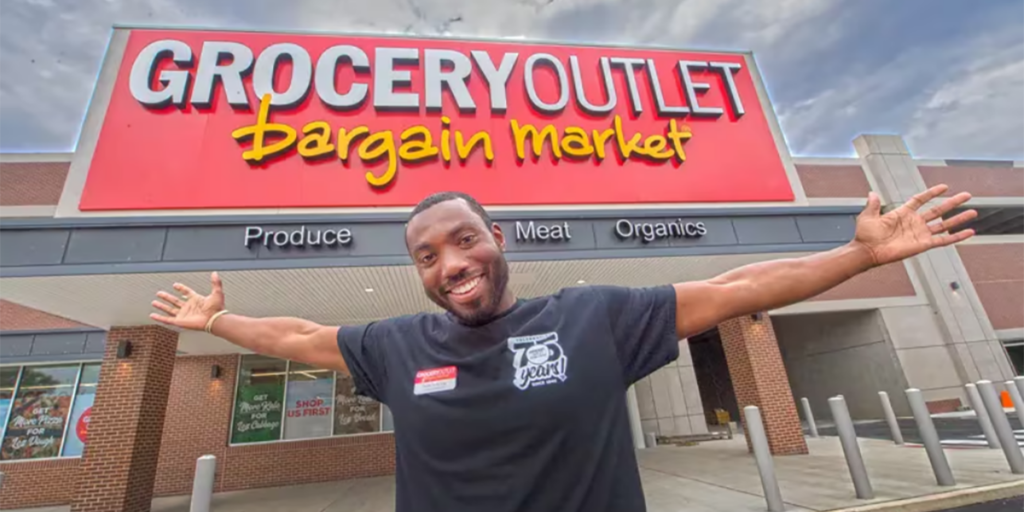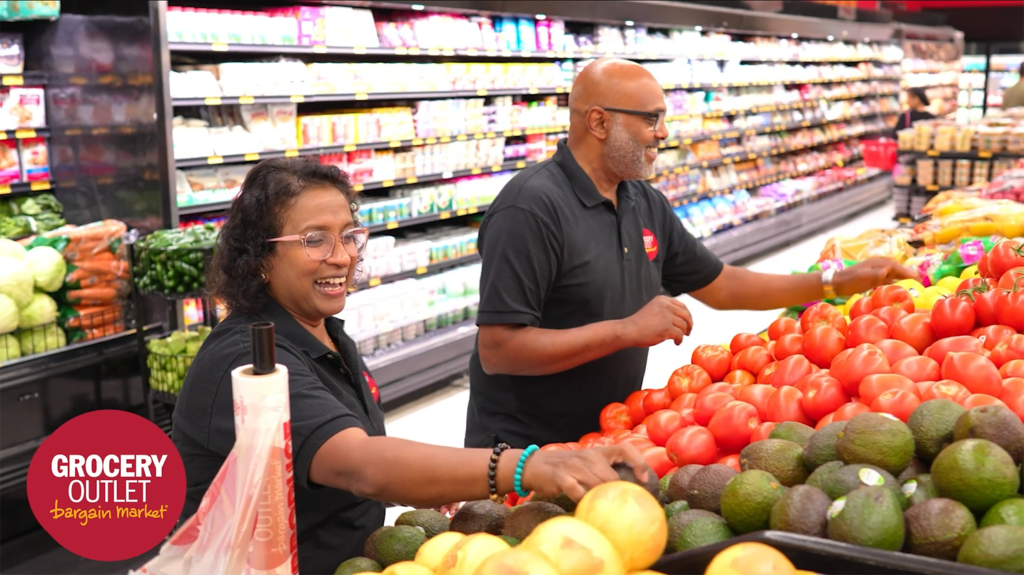Secret to the Success: Grocery Outlet’s Owner/Operators
In this article, we delve into the world of Grocery Outlet’s store owner/operators. We explore their journey, their role in the company’s growth, and the opportunities they have as part of this thriving business.
Whether you’re an investor, an entrepreneur, or simply curious, this article will provide insights into the ownership and success of Grocery Outlet.
Join us as we uncover the story behind the success of Grocery Outlet’s owners.
The Rise of Grocery Outlet Bargain Market
Grocery Outlet Bargain Market began its journey in 1946. Founded by Jim Read, the company had humble beginnings. It started with the aim to provide high-quality goods at affordable prices.
Fast forward to today, Grocery Outlet has become a go-to for budget-conscious shoppers. Its competitive pricing strategy allows it to offer significant savings. Most products are sold at 40-70% less than regular retail prices.
A key factor in Grocery Outlet’s success is its unique sourcing strategy. The company capitalizes on buying overstock and closeout items. This approach ensures a dynamic selection of products in each store.

Grocery Outlet has expanded its reach significantly. With over 450 stores now operating across the United States, it is clear the company’s growth has been impressive. The expansion is primarily concentrated on the West Coast and in Pennsylvania.
This growth is supported by its business model, which partners with local operators to manage each store. These operators know their communities well, helping to tailor the store’s product selection to local tastes. The result is a personalized shopping experience in a nationwide chain, fueling its ongoing success and expansion.
Who Owns Grocery Outlet?
Grocery Outlet is owned by its public shareholders. In 2019, the company went public under the ticker symbol GO. This public offering allowed a broad base of investors to participate in its success.
The core of Grocery Outlet’s ownership of day to day, in-store activities lies with its Independent store operators. These Independent Operators, often referred to as “owner/operators” of their stores, bring local expertise. Their involvement ensures each store is closely aligned with the community’s needs.
Grocery Outlet’s headquarters are in Emeryville, California. The central leadership team continues to provide strategic direction and support. They work closely with Independent Operators to achieve a unified vision for growth.
The ownership structure is unique in the grocery world. It fosters entrepreneurship, allowing operators to receive a portion of the store’s profits. This incentivizes high performance and aligns the interests of Operators with the broader company goals, driving collective success.
The Unique Business Model of Grocery Outlet
Grocery Outlet’s business model is unlike most in the grocery industry. It combines elements of franchising without the typical fees. This approach allows Independent Operators to thrive without the usual financial burdens of traditional business ownership.
The company leverages a distinctive opportunistic sourcing strategy. It purchases surplus items, packaging changes, cancelled orders and closeouts. These items are then offered at significant discounts, between 40% to 70% below regular prices. This model benefits both the consumer and the store operators, encouraging a bargain-hunting culture.

Here’s what defines the Grocery Outlet model:
- Local Ownership: Independent Operators run each store, personalizing services.
- Profit Sharing: Operators share profits, which drives them to maximize performance.
- Community Outreach: Each store works with local organizations that support the community
- Training and Support: Comprehensive training equips operators for success.
This model emphasizes autonomy, empowering operators to manage their stores. They have the freedom to make crucial decisions tailored to their markets and leverage their store to help local organizations serving the area such as food banks and schools. This flexibility allows operators to connect deeply with their communities.
The Grocery Outlet setup is recession-resistant. Its focus on value and discount pricing attracts a diverse range of customers, including those particularly affected by economic downturns. This resilience contributes to its continued expansion and success.
How Many Stores Does Grocery Outlet Have?
Grocery Outlet has seen remarkable growth over the years. As of 2025, the chain boasts over 450 locations across the United States. This impressive count reflects its successful expansion strategy.
The majority of these stores are concentrated on the West Coast. However, Grocery Outlet is also making inroads into new markets, including Pennsylvania, Maryland, Ohio and Virginia. This geographical spread highlights the brand’s appeal and adaptability in different regions.
Continuing to increase its store count is a key part of the company’s growth plan. Each new opening represents an opportunity for local entrepreneurs. It also extends the brand’s reach, inviting more communities to experience its unique business model and value proposition.
Becoming a Grocery Outlet Owner
Grocery Outlet offers a unique chance for aspiring entrepreneurs. Unlike traditional franchises, it doesn’t require hefty franchise fees. Instead, its business model allows owners to operate with significant autonomy, splitting the financial burdens and gains with the company.
Potential owners undergo a thorough selection process. This focus is on entrepreneurial spirit, retail know-how and community engagement. This ensures that each store is run by dedicated and motivated individuals who are ready for the next step in their career.
Once selected, owner/operators benefit from Grocery Outlet’s strong brand and support system. This partnership sets them up for success, tapping into the extensive network and operational expertise. It’s a great opportunity to run a business with the backing of an established name.
The Path to Ownership
Interested individuals start by submitting their application to get the conversation started. The review process assesses their business acumen, enthusiasm, readiness and culture fit.
Selected candidates enter a comprehensive, paid training program. It equips them with essential skills for operating a successful store.
Training and Support for Owners

The training program covers both essential business management skills. It equips new owners with knowledge in leadership and grocery-specific operations.
Grocery Outlet provides ongoing support to its Store Operators. This ensures they can efficiently manage inventory and maintain customer satisfaction.
Can You Own a Grocery Outlet?
Owning a Grocery Outlet is not like traditional franchises. The company offers a unique opportunity based on an Operator Model. Potential owners become Independent Operators without paying franchise fees. Costs are split between the company and the Operator along with store profits.
This model allows operators to run their own stores with support from Grocery Outlet. The opportunity combines independence beyond traditional retail leadership roles coupled with the backing of an established brand.
The Future of Grocery Outlet and Its Owners
Grocery Outlet’s growth shows no signs of slowing. With its adaptive business model and robust support system, it remains well-positioned for future expansion.
This success ensures new opportunities for aspiring business owners. As the company grows, so too will its impact on communities and independent operators alike.
